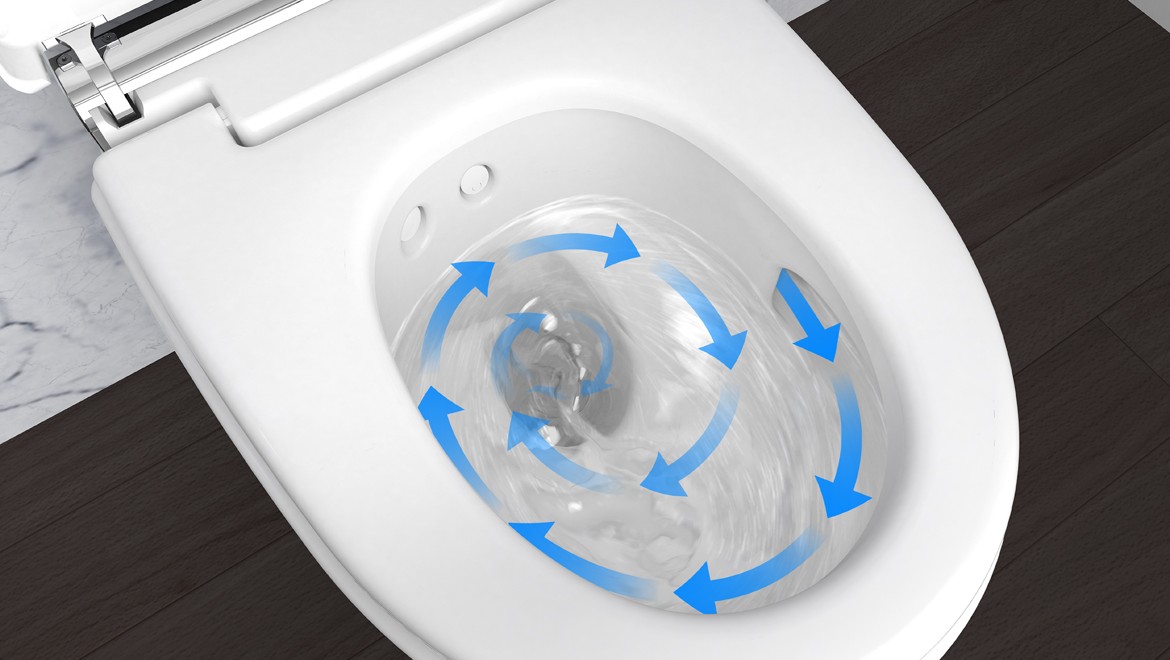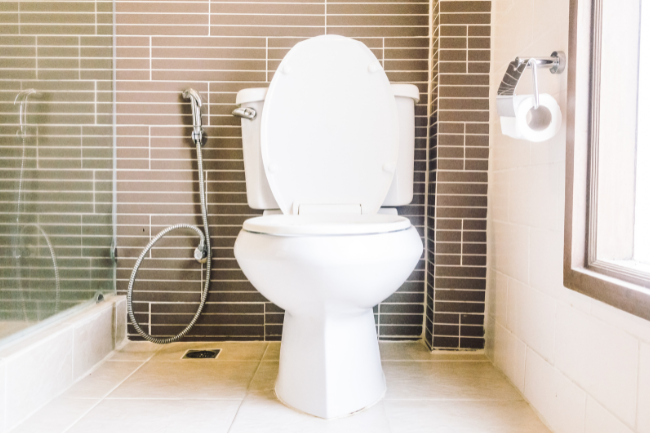In recent years, there has been a noticeable shift towards the adoption of water-efficient bathroom tech. As environmental concerns grow and the need for conservation becomes increasingly urgent, industries worldwide are turning their focus toward technologies that promise not only to preserve our precious resources but also to offer consumers cost-saving benefits. The rise of these innovations is transforming the way we think about water usage in our homes, particularly in the bathroom.
For industry professionals in Quality Assurance (QA), understanding these advancements is crucial. The integration of water-efficient technologies in bathroom designs not only meets regulatory standards but also aligns with the growing consumer demand for sustainable solutions. This article will explore the key developments in this field and their implications for QA experts.

What Drives the Demand for Water-Efficient Technologies?
The push for water-efficient bathroom tech stems from several factors. Climate change and population growth have placed unprecedented stress on global water supplies. According to the Environmental Protection Agency (EPA), bathrooms account for over 50% of water usage in homes, highlighting the significant impact that efficient technologies can have.
Consumers are also becoming more eco-conscious, seeking products that minimize their environmental footprint. This shift in consumer behavior presents a unique opportunity for the industry to innovate and cater to these preferences, thereby gaining a competitive edge.
Technologies Leading the Charge
Low-Flow Toilets and Faucets
One of the most significant advancements in bathroom technology is the development of low-flow toilets and faucets. These fixtures are designed to use significantly less water per flush or per minute, without compromising on performance. Low-flow toilets, in particular, have become a staple in modern bathroom designs, offering a simple yet effective way to reduce water consumption.
Smart Showers
Another innovation reshaping bathroom experiences is the smart shower. These systems allow users to control water temperature and flow with precision, often via smartphone apps. Smart showers can also monitor water usage, providing feedback that encourages conservation. By integrating these systems, homeowners can enjoy a luxurious shower experience while minimizing water waste.
Greywater Recycling Systems
Greywater recycling systems represent a more advanced approach to water conservation. These systems capture and treat water from showers and sinks, allowing it to be reused for flushing toilets or irrigation. This not only reduces the demand for fresh water but also decreases wastewater discharge, making it a win-win for sustainability efforts.
Implications for Industry QA
For QA professionals, the rise of water-efficient bathroom tech presents both challenges and opportunities. On one hand, ensuring the quality and performance of these technologies is paramount. QA teams must rigorously test and verify that these products meet both regulatory standards and consumer expectations.
On the other hand, these advancements open up avenues for innovation in testing methodologies. For instance, QA can leverage data analytics from smart devices to identify patterns in water usage, helping to refine product designs and enhance efficiency.
Regulatory Compliance
Staying abreast of regulatory changes is crucial for QA teams. As governments worldwide implement stricter water conservation laws, ensuring compliance is essential. QA professionals must be well-versed in standards such as the WaterSense label, which identifies high-performing, water-efficient products.
For more insights on bathroom water efficiency, consider reading our article on the environmental impact of bathroom water use.
The Future of Water-Efficient Bathroom Tech
Looking ahead, the future of water-efficient bathroom tech is bright. With ongoing advancements in materials science and IoT (Internet of Things) integration, the potential for innovation is limitless. Emerging technologies such as touchless faucets and AI-driven water management systems are set to further revolutionize the industry.
For industry QA, this evolution represents an exciting frontier. Embracing these technologies not only enhances product offerings but also positions companies as leaders in sustainability. By prioritizing water efficiency, the industry can contribute significantly to global conservation efforts while meeting the demands of an increasingly eco-conscious market.

FAQs
What are the benefits of water-efficient bathroom tech?
Water-efficient bathroom tech offers numerous benefits, including reduced water bills, decreased environmental impact, and compliance with regulatory standards. These technologies also meet consumer demands for sustainable products, providing a competitive advantage in the market.
How do low-flow toilets work?
Low-flow toilets use advanced flushing mechanisms that require less water per flush while maintaining effective waste removal. Some models utilize dual-flush technology, allowing users to choose between a low or high water volume depending on the need.
Are smart showers worth the investment?
Yes, smart showers offer precise control over water usage and temperature, contributing to significant water savings over time. They also enhance the user experience with customizable settings and conservation feedback.
For more information on water-efficient bathroom remodel ideas, check out our article on water-efficient bathroom remodel ideas.






